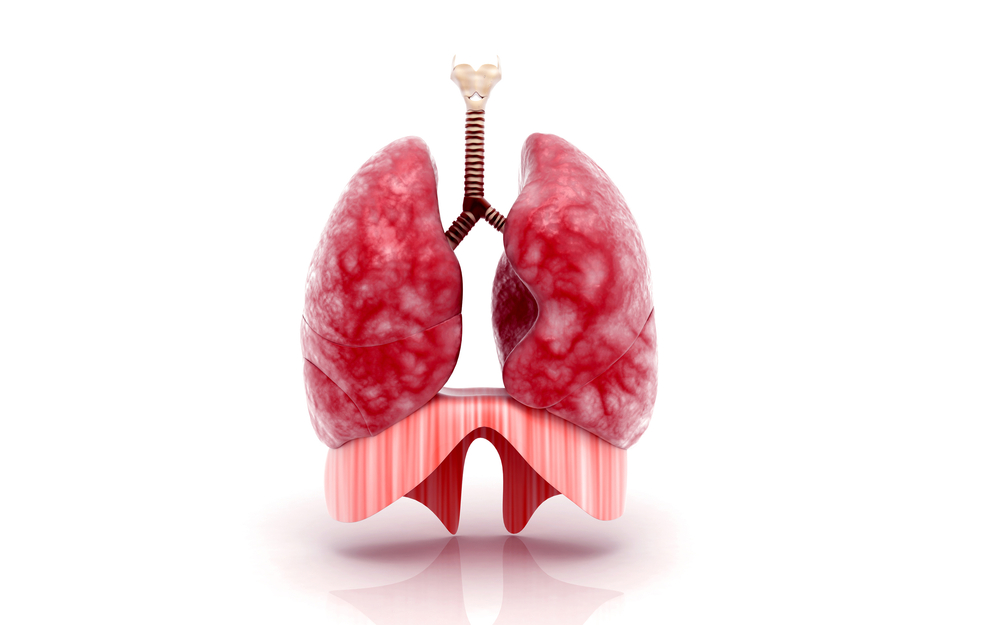In a new study entitled “Time‐ and compartment‐resolved proteome profiling of the extracellular niche in lung injury and repair,” researchers uncovered the dynamic response of lungs to injury and which pathways are activated for repair. The study was recently published in the EMBO Molecular Systems Biology journal.
Environmental cues, including toxic particles, infections and chronic inflammatory responses are a continuous aggravation, triggering damage to the lungs. How lungs initiate regeneration after damage has, to this point, been poorly understood, specifically, which pathways are activated to induce repair. In this recent study, a research team at the Helmholtz Zentrum München in Germany in collaboration with colleagues from the Max Planck Institute (MPI) of Biochemistry tackled this question and performed a proteomics analysis (the study of proteomes and their functions) to identify and measure the responses triggered during lung regeneration. The interdisciplinary team, led by Dr. Matthias Mann, Director of the MPI of Biochemistry, and Dr. Oliver Eickelberg, Chairman of the Comprehensive Pneumology Center (CPC), Helmholtz Zentrum München and University Hospital of the Ludwig-Maximilians-Universität, used the latest advanced mass spectrometry techniques for their research.
The team was able to identify more than 8,000 proteins in the lung proteome during the lung regeneration process — when damage to pulmonary alveoli (the small balloon-like structures where oxygen exchange takes place) occurs, proteins are secreted into the extracellular matrix (ECM – a complex mixture of secreted factors that is gives structural and biochemical support to the surrounding cells), activating signaling cascades that ultimately lead to restoration of the damaged lung tissue.
This has clear implications in our understanding of lung regeneration, as explained by Dr. Herbert Schiller, the study’s first author: “The information we have gained about the dynamic changes in ECM composition and its interactions with various secreted growth factor proteins enables us to develop new hypotheses for the activation of stem cells in the lung.”
Dr. Eickelberg commented on the future applications of the findings of their study, “These novel mass spectrometry techniques enable us to analyze variations in the type and abundance of proteins in patients with lung fibrosis and healthy individuals and will therefore likely lead to new approaches for the treatment of chronic lung diseases in general and lung fibrosis in particular.”

